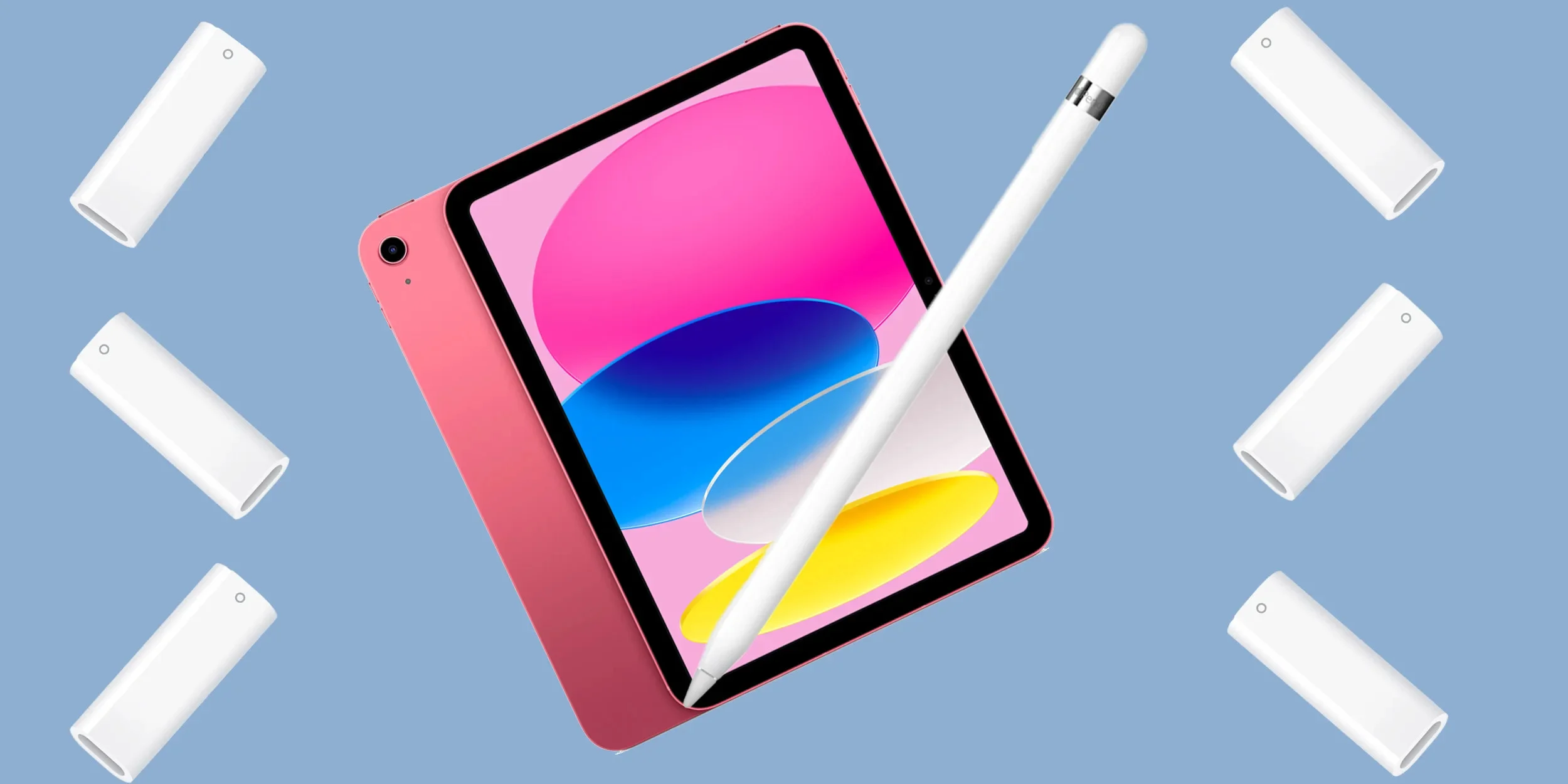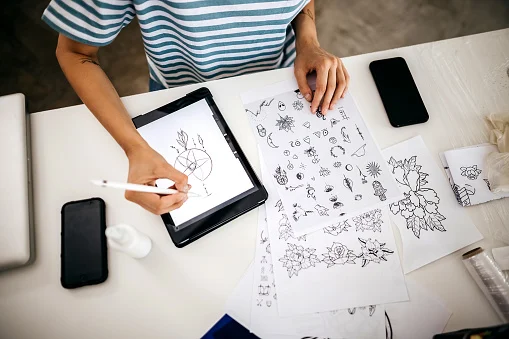Main Highlights:
- The 10th-gen iPad, which sports a USB-C charging port, comes with support for the first-generation Apple Pencil.
- There is no magnetic wireless charger on the side of the new iPad to connect to the second-generation Pencil.
- When purchasing a first-generation Pencil, you will receive two adapters. Both the lighting-to-lightning converter and the USB-C-to-lightning adaptor.
The new Apple iPad gets some major upgrades in terms of both design and specs over the previous models. It is to be noted that it only works with the original Pencil but looks like people are finding an issue in terms of the charging ports available on both devices. The 10th-gen iPad, which sports a USB-C charging port, comes with support for the first-generation Pencil.
Apple Pencil use with the iPad is now challenging due to the basic model iPad’s move to USB-C. The new 10.9-inch tablet is only compatible with Apple’s first-generation Pencil, which requires charging through a Lightning connector. This is a concern because the new iPad utilises USB-C.
Because the tablet has transitioned to USB-C, the new 10th-generation iPad only supports the first-generation Pencil, which requires an adaptor to charge separately through a cable connection. There is no magnetic wireless charger on the side of the new iPad to connect to the second-generation Pencil. The gadget only supports the first-generation Pencil, which must be connected to a Lightning connector to charge, because the iPad now includes a USB-C connector, the Pencil can no longer be charged directly via the iPad.

Naturally, Apple‘s answer is a dongle. To be specific, a “USB-C to Apple Pencil Converter,” albeit from what we can gather, it’s really a USB-C to Lightning port adapter.
According to Apple’s press release, the adaptor will be included with new Pencils for $99 and will be available separately for $9 for existing Pencil owners. “A new USB-C to Pencil Adapter is required for pairing and charging,” it notes categorically in its press release.
Entry-level iPad owners who wish to utilise the Pencil must charge it with a USB-C connection and a separate adaptor. The tiny print on Apple’s press announcement for the 10th-generation iPad reads:
The new iPad is compatible with the Pencil (1st generation). For pairing and charging, a new USB-C to Pencil Adapter is required, which is supplied in the package with a new version of the Pencil (1st generation) for $99 (US).

When you purchase a first-generation Apple Pencil, you will receive two adapters. Both the lighting-to-lightning converter and the USB-C-to-lightning adaptor will be included, allowing you to charge the pencil with whichever cord you have.
The USB-C to Apple Pencil Adapter is supplied separately to existing users of the Pencil (1st version).
“Your Pencil fits into one end of the converter, and your iPad’s USB-C Charge Cable plugs into the other,” according to Apple’s product page for the adaptor.
That’s comparable to the Lightning adapters that Apple has long marketed for the Pencil, but without the simple option of charging the Pencil directly from an iPad in an emergency. If you’re wondering why this hasn’t happened with prior USB-C iPads, it’s because the iPad Pro, iPad Air, and iPad Mini all supported the second-generation Pencil, which charges wirelessly while magnetically connected to the side of the tablet. Not so for Apple’s most affordable iPad.
Charging the Apple Pencil with the new iPad isn’t as easy as inserting the pen into the converter and then into the tablet with the adaptor. This adapter is female-to-female rather than male-to-female. “Your Pencil fits into one end of the converter, and your iPad’s USB-C Charge Cable plugs into the other,” Apple’s product page for the adaptor says. That’s comparable to the Lightning adapters that Apple has long marketed for the Pencil, but without the convenience option of plugging the Pencil directly into an iPad in an emergency. You’ll need to use an adaptor and cable instead.
If you’re wondering why this hasn’t happened with prior USB-C iPads, it’s because the iPad Pro, iPad Air, and iPad Mini all supported the second-generation Pencil, which charges wirelessly while magnetically connected to the side of the tablet. Not so for Apple’s most affordable iPad.



















